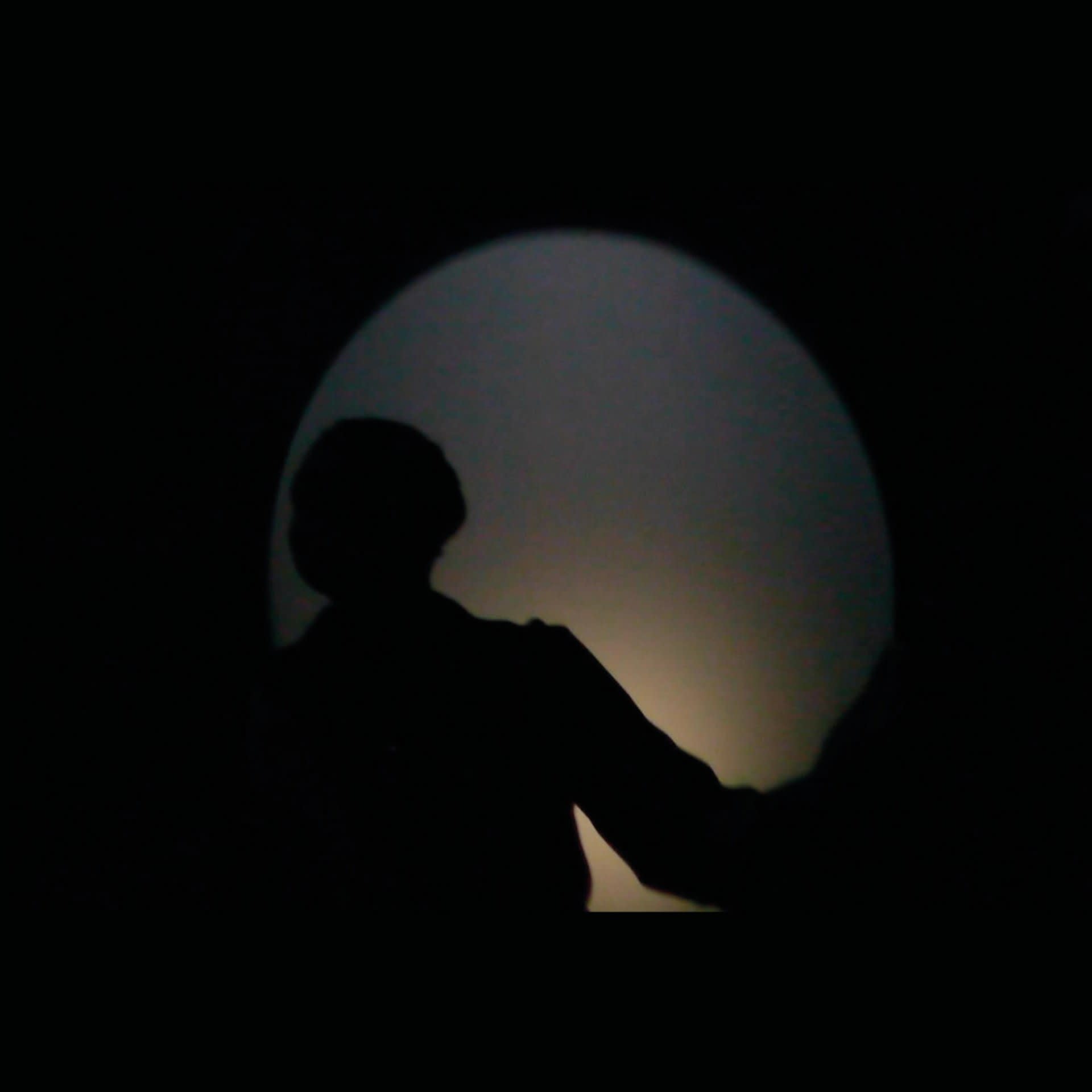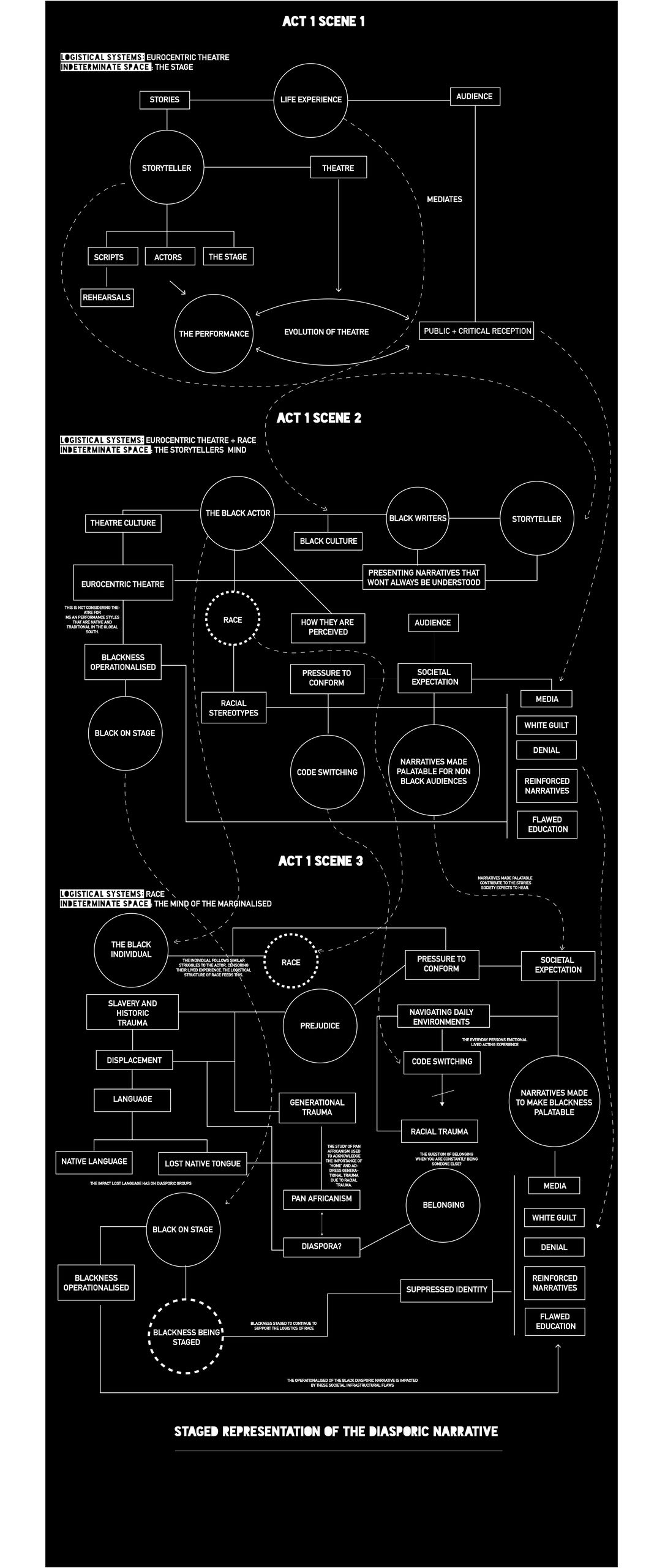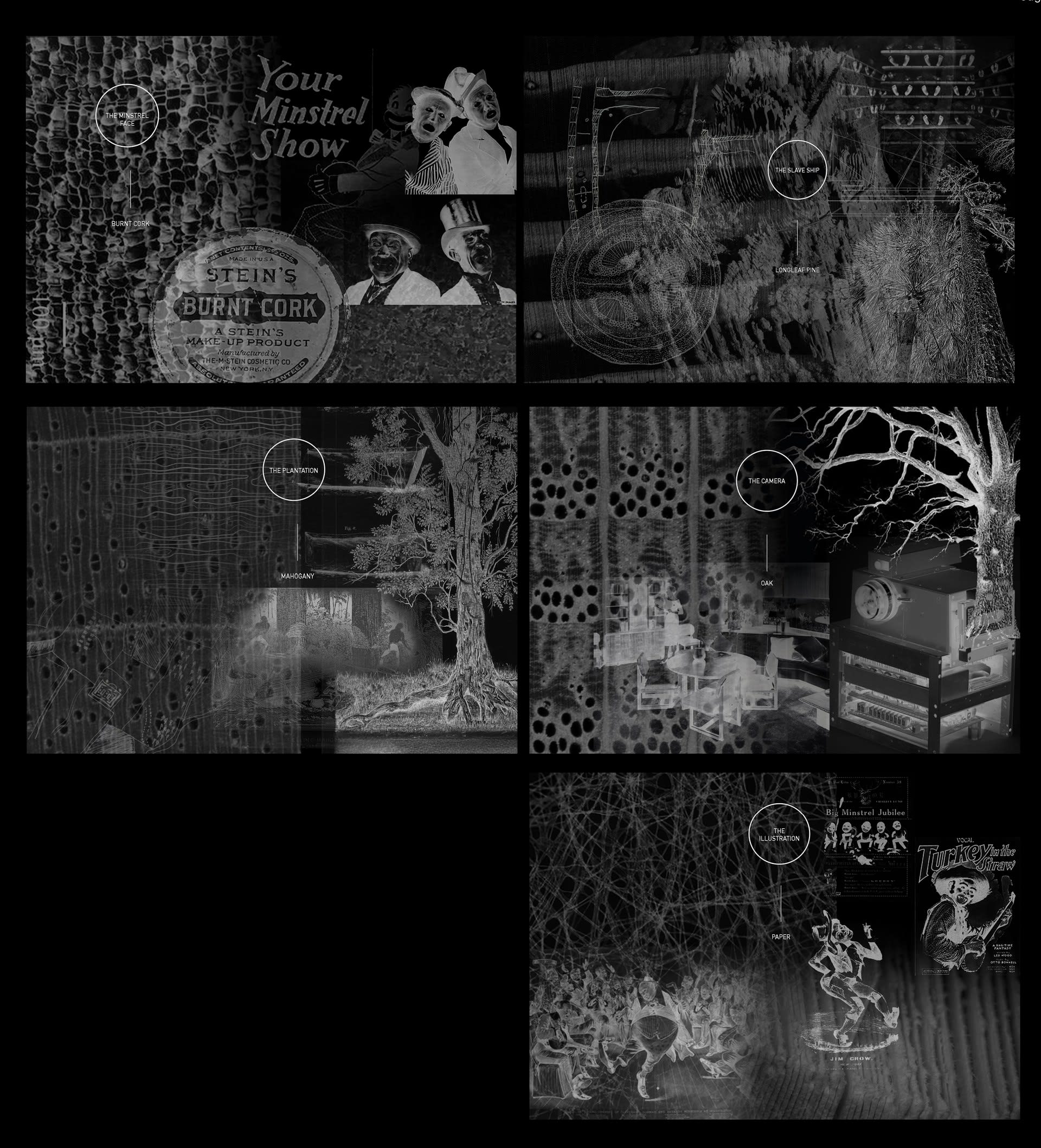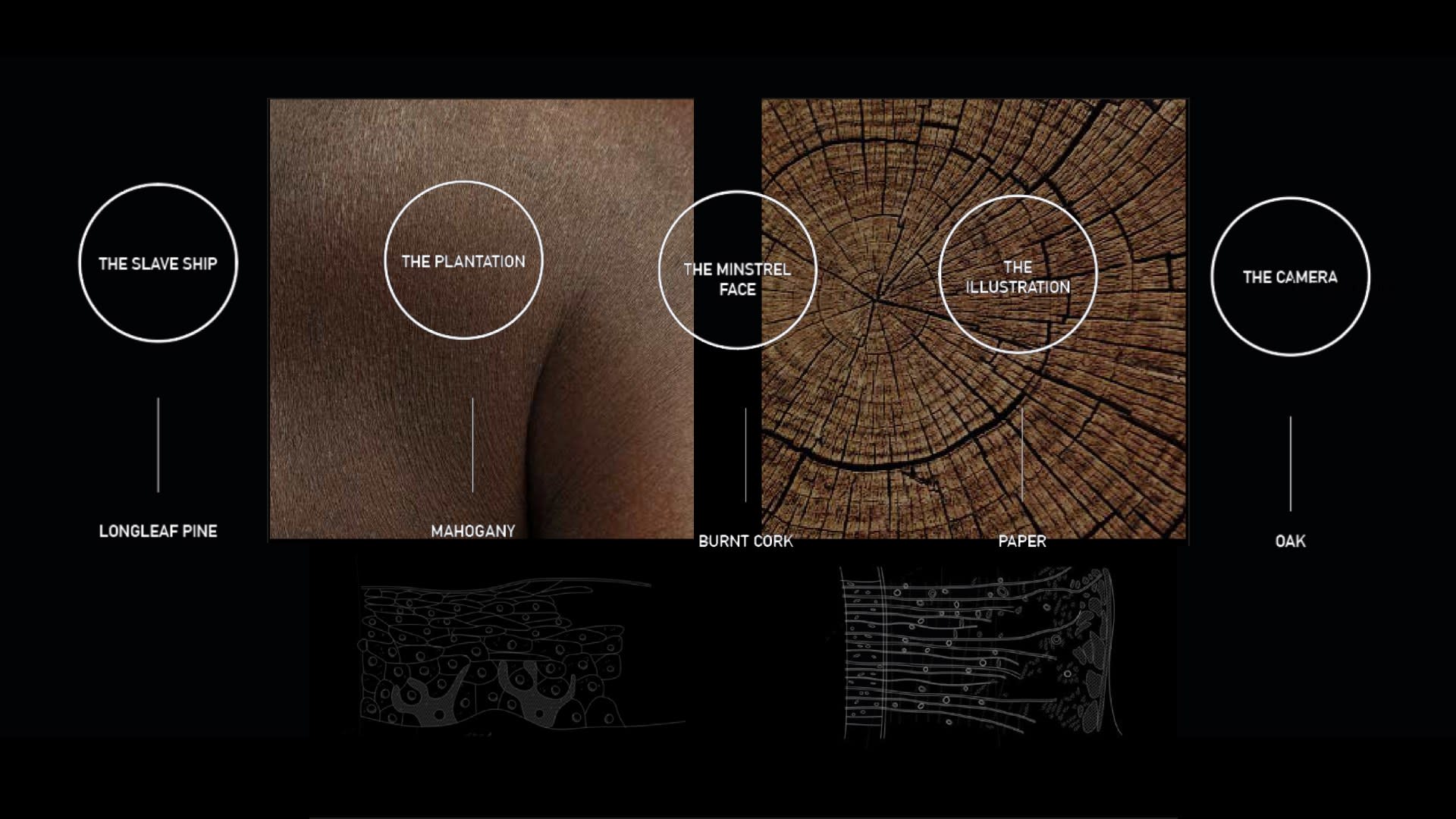Ayanna is a budding architect and production designer, with a passion for narrative-led design. Ayanna received her BA (Hons) in Architecture from Oxford Brookes University in 2017, where she is now an Associate Lecturer. Upon graduation, Ayanna worked at Hawkins\Brown Architects as an Architectural Assistant and then went on to work at 59 Productions as an Architectural Assistant and Junior spatial designer. Her experiences as 59 Productions reinforced her interest in narrative-led design, performance, and experiential design and led her to study at the RCA. Displaying an innovative and forward-thinking approach to the role of the architect, Ayanna was awarded the RIBA Wren Insurance Association Scholarship this academic year.
At the RCA Ayanna's research stems from an interest in identity, perception, and spatiality. Last year, Ayanna's project explored cultural erasure and digital colonialism, in a speculative future of Jamaica. This year, the themes of identity and space persist as Ayanna researches the possibilities of theatre and performance when considering the narrative of African and Caribbean diasporas.
In 2019 Ayanna was part of the winning design team for the ‘Mile18 Marker’ competition for the London Marathon, in association with the Stephen Lawrence Charitable Trust and Virgin Money. Over the last year, Ayanna has also been working as an Assistant Art Director in Film, TV and music videos, assisting production designer Chris Melgram.




















